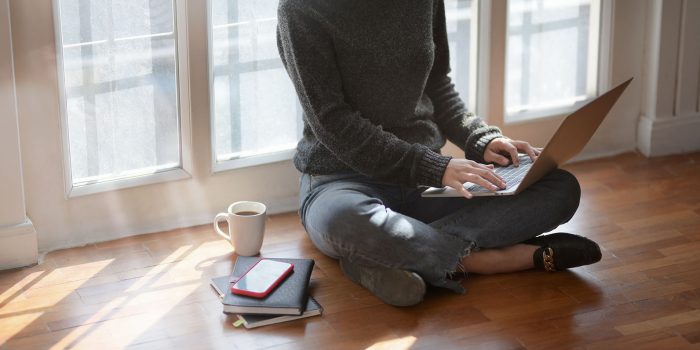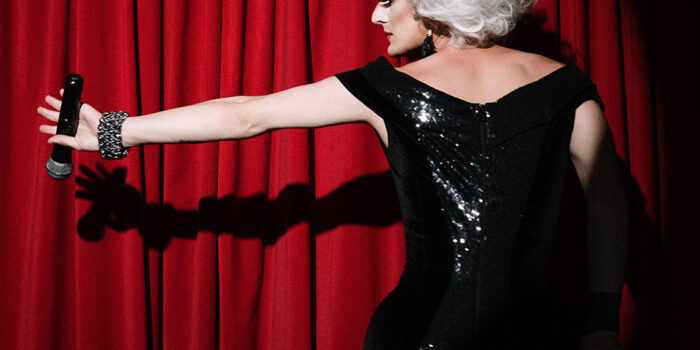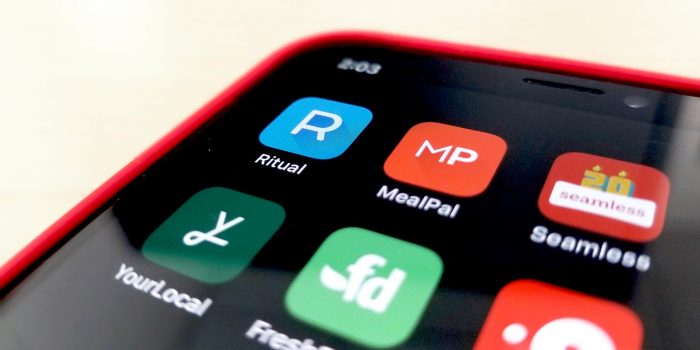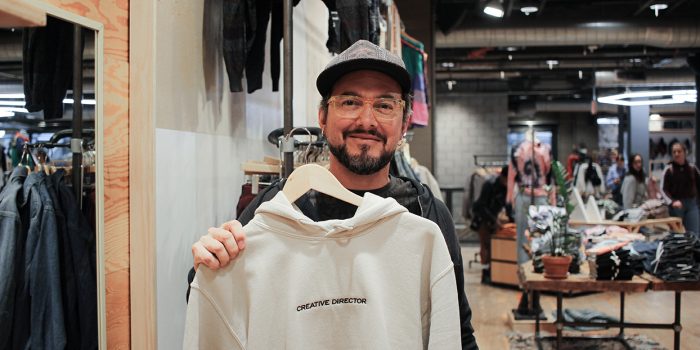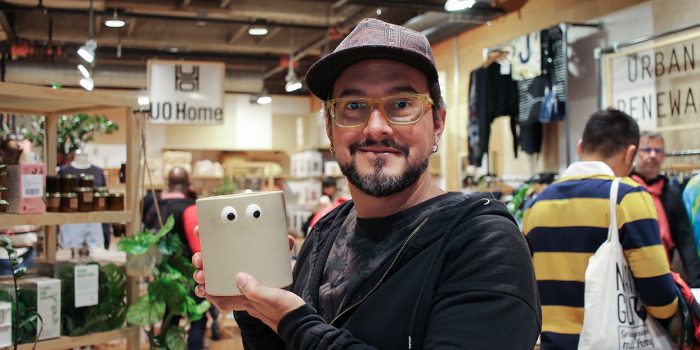Immersive experiences are everywhere these days: The touring Van Gogh exhibit, the Sloomoo Institute slime museum and even a Mean Girls experience are just a few that have recently popped up in New York alone. They all promise their visitors a fully immersive experience that will let them forget about the outside world and enter a different reality.
Immersive experiences have seen a rise in popularity, and it is easy to understand why: Visitors get to escape into a fantasy world, create cool and fun photos in Instagram-worthy environments and cash those in for a boost of likes on their social media profiles. Developers of such experiences, on the other hand, can simply pick a popular topic, design the set, and drive ticket sales and visitor numbers with cleverly targeted social media marketing.
With the rise of such offerings, the quality of some of them has fallen as brands ride the popularity wave. Some places advertised as an immersive experience are nothing but a string of backdrops that don’t offer much other than flat wallpaper with proper lighting in an underwhelming location. Most of the time, they admittedly look amazing in photos, though.
So, when brands decide to jump on this trend and create a space for their target audiences to meet and immerse themselves in an experience, they need to be careful not to go down that slippery slope of building something that looks great on camera but neglects the actual experience visitors have when they are in the space.
Here are five ways to create a successful immersive brand experience:
1. Name It Right
When naming and promoting your brand experience, you need to manage expectations. Don’t call it an experience if it is just a showroom or an exhibit. Naturally, the name should be inviting, and the pitch should be exciting and appealing to make people want to visit. But if you overpromise and underdeliver, you will not only get bad reviews, but it might also harm your brand’s reputation.
2. Have A Host
It’s always nice to have a person say hello and welcome you into the space. It makes it more personal and gives your brand a face. Even though the experience might be designed to be explored on an individual basis, visitors will always feel more appreciated if someone greets them and quickly gives them a rundown of what is to come. This will also make them feel more at ease and more receptive to the experience, as they won’t have to wonder how to navigate the space or what to expect.
3. Tell A Story
The best experiences follow a storyline and are not just a random collection of facts or photo opportunities. The story you tell can be anything from the history of the company or the development steps of a product, to the founder’s life stages or the design philosophy the brand follows. Make sure there’s a line that connects all the dots and gives the whole experience an overarching narrative. Think of it as movie scenes that all follow a cohesive script to compose a great motion picture. Obviously, as with movies, it should also be visually appealing.
4. Sacrifice Completeness For Digestibility
Whatever story you tell, make sure that what you say is relevant. Ask yourself whether certain details are relevant for your audience, even if you’re very fond of them. Do they really need to know everything you put in front of them? Or will that cause information overload and lead to them potentially skipping through your key messages? Even though visitors are a captive audience, their time is limited. Focus on the main points you want to deliver, and offer the option to explore more outside of the experience if they really want to.
5. Involve The Guests
Make it memorable. If the visitors are nothing but passive observers, chances are they’ll quickly forget whatever you put in front of their eyes once the next experience comes around. The way to make their experience in your space memorable is to make them a part of it. Don’t just have visitors immerse themselves into your brand’s world; turn them into co-creators. When they are actively participating in creating something, they will get a better understanding of it, as well as form a more vivid and lasting memory.
There are a lot of other factors that contribute to a successful immersive brand experience—from creative design and location to budget and marketing. However, these five principles should put you on the right path to letting visitors immerse themselves in your brand in a pleasant, effective and memorable way.
This article was originally published on Forbes.com. Click here to read the original article.




